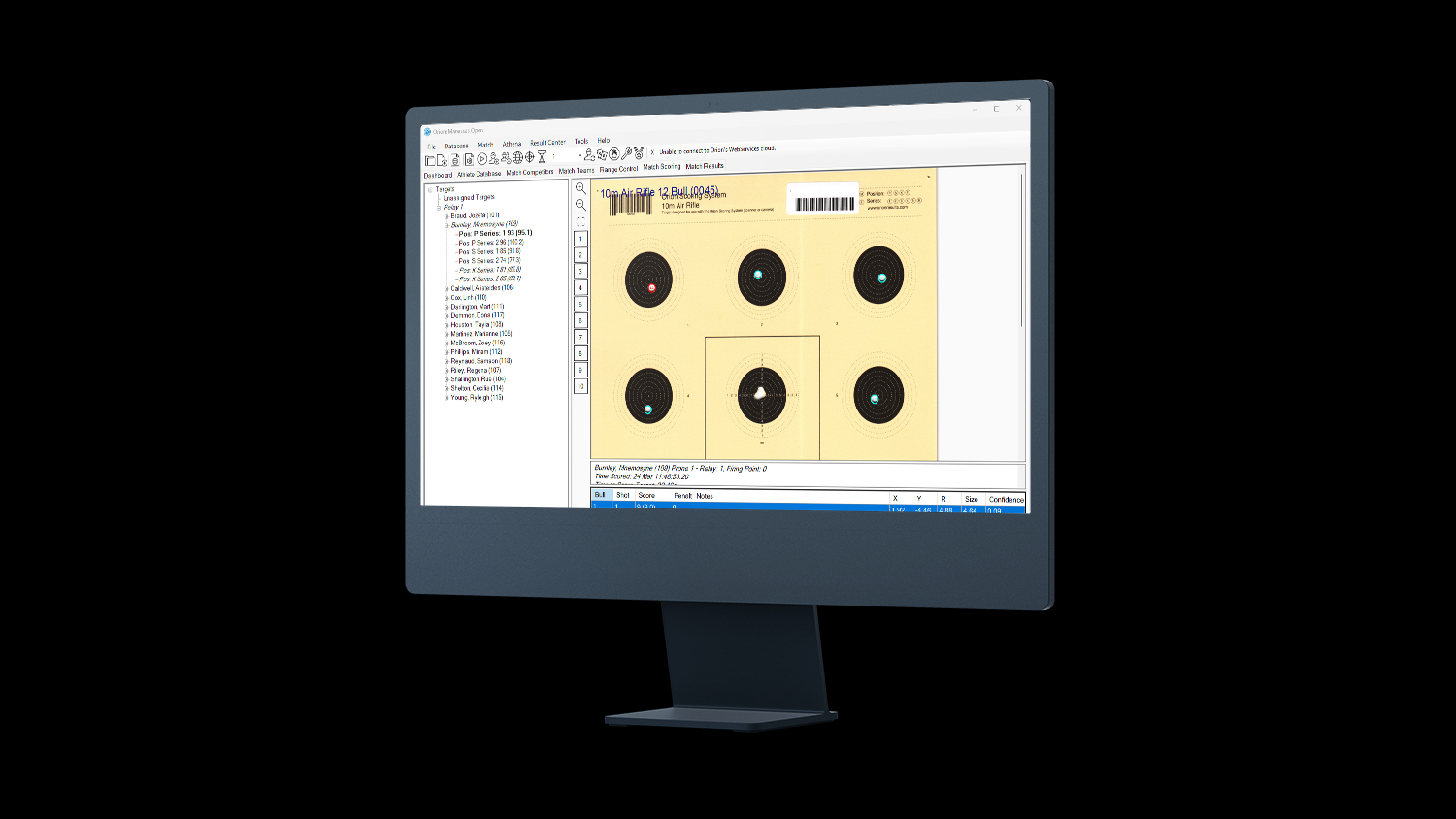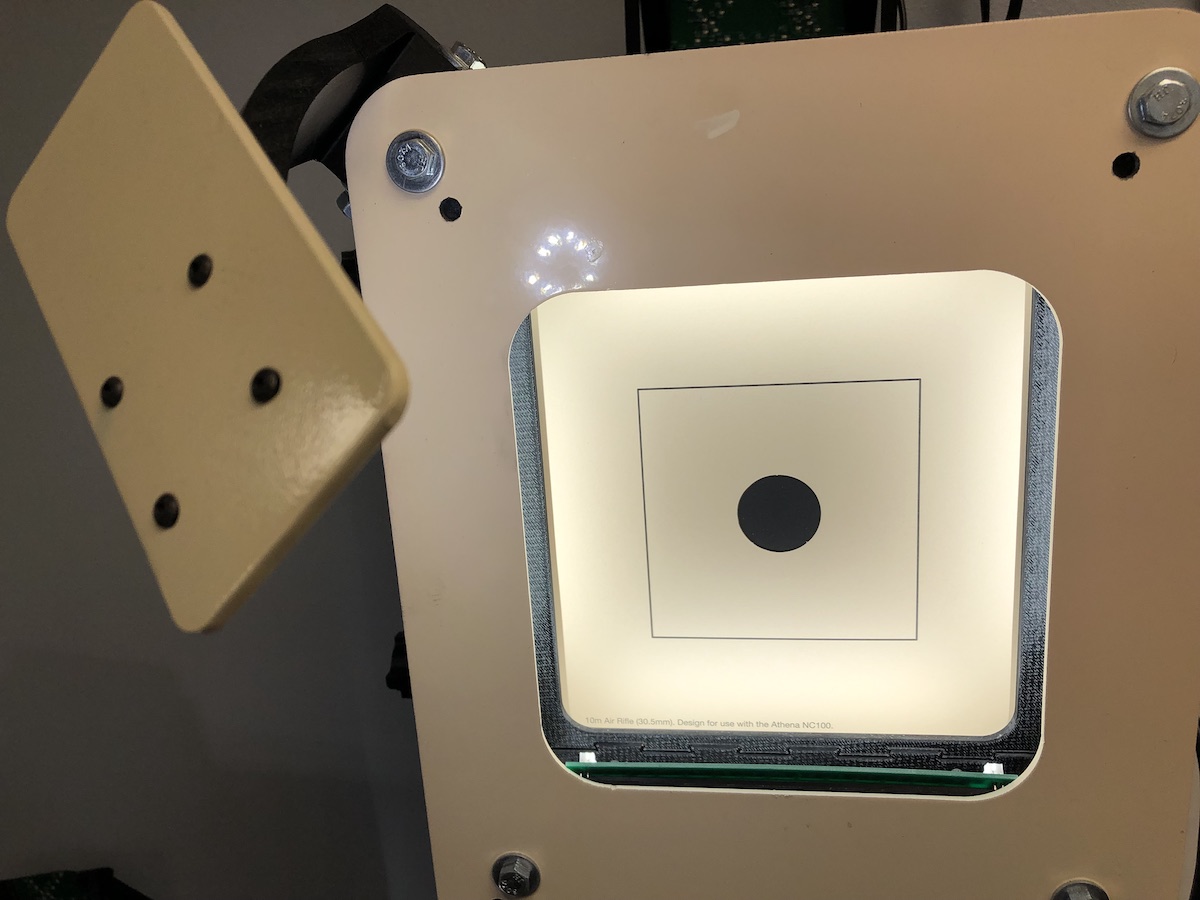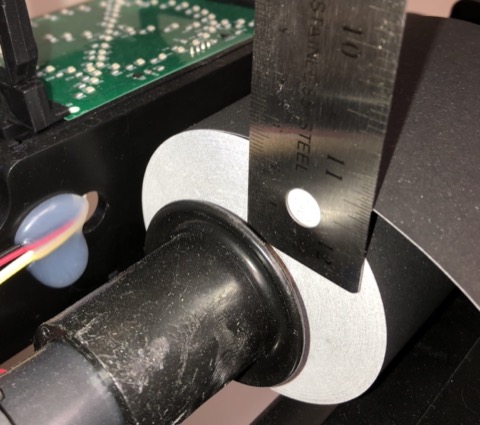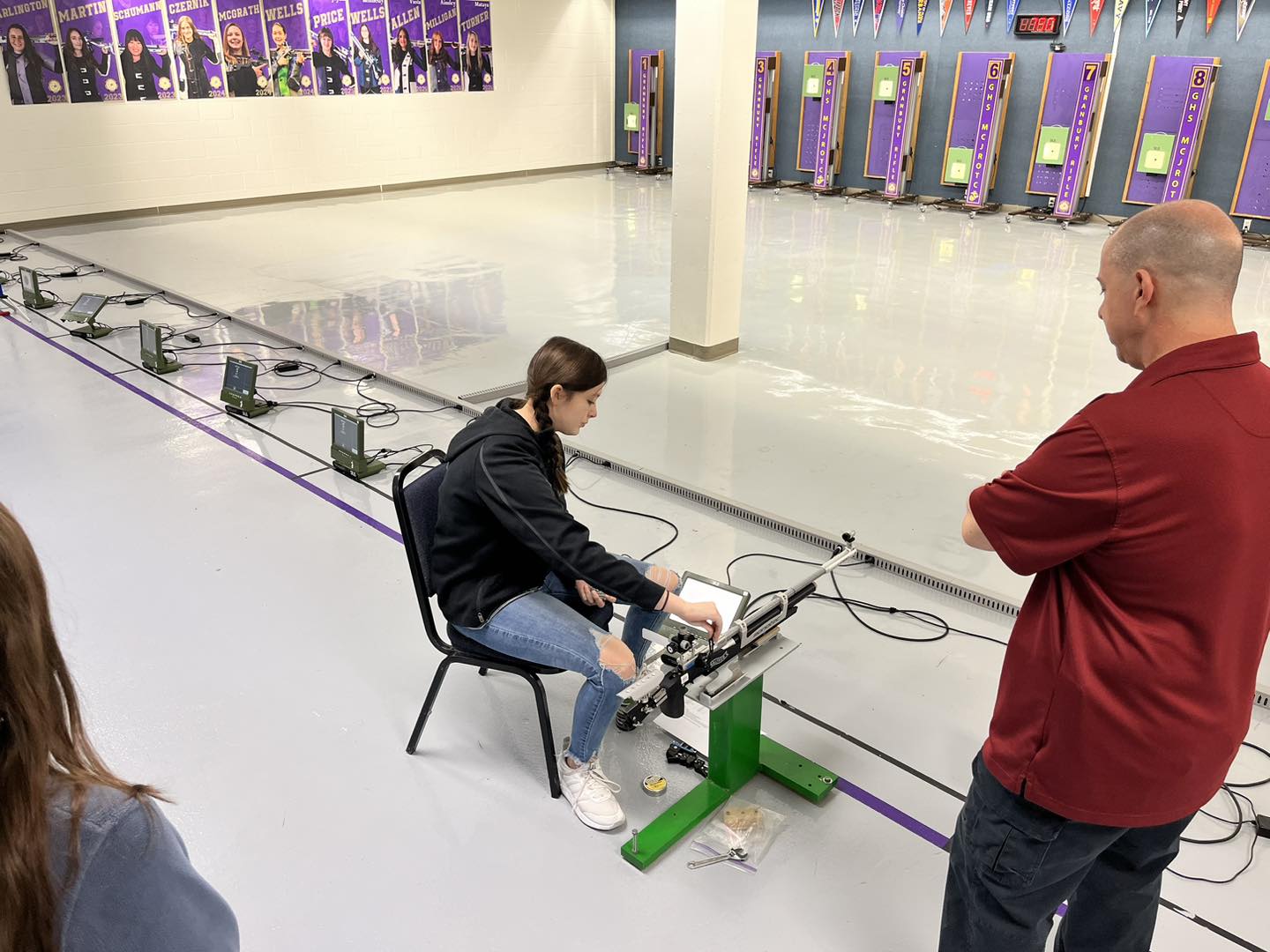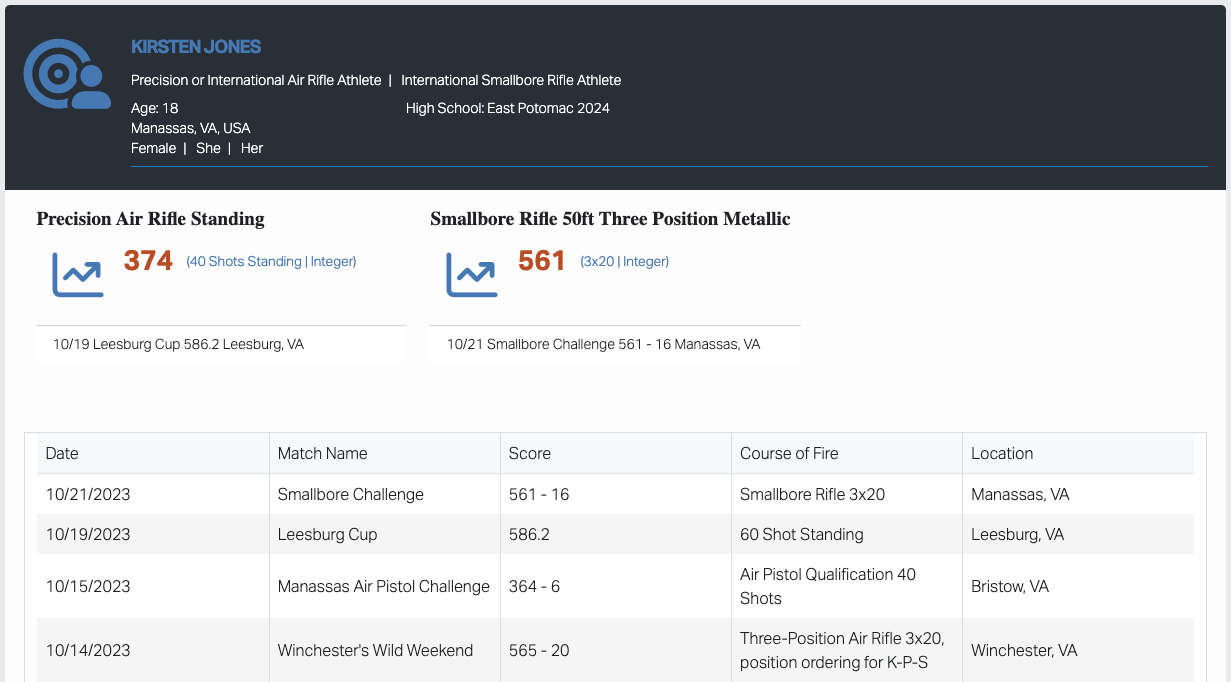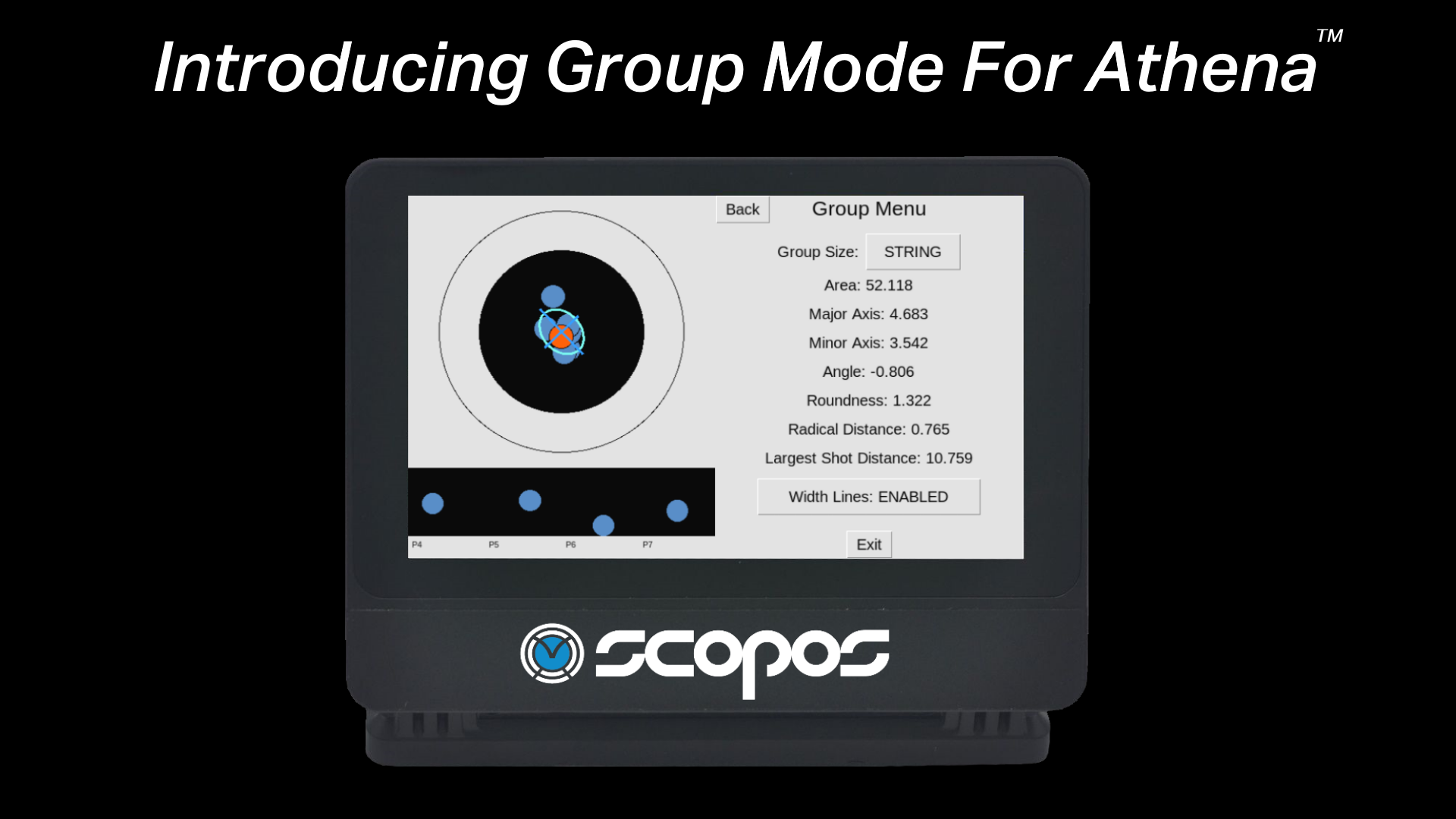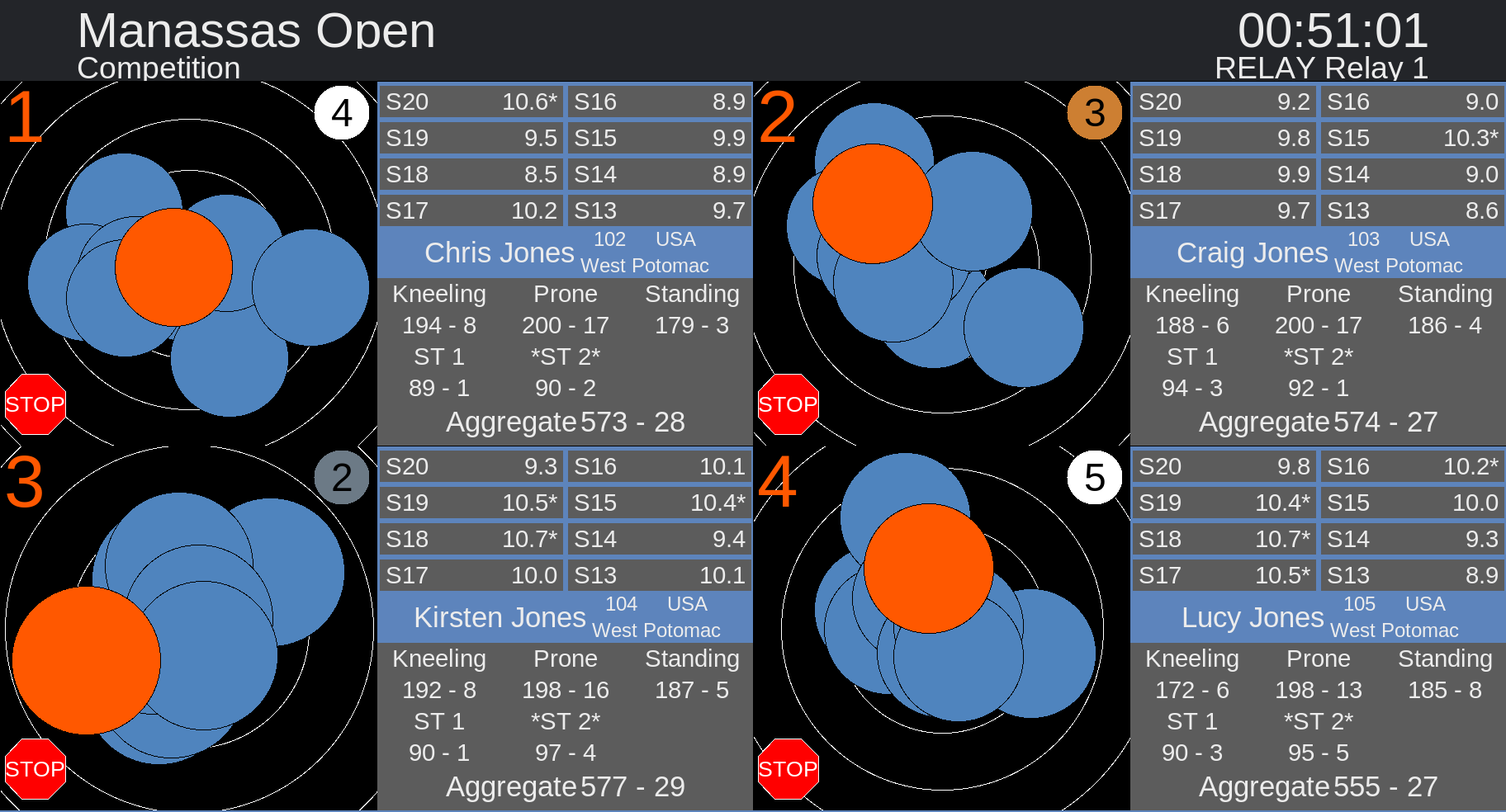We use cookies to make your experience better. To comply with the new e-Privacy directive, we need to ask for your consent to set the cookies. Learn more.

Hospital Firing Points and Athena
To assign hospital points or not to assign hospital points, that is the question.
When you run a competition you want everything to go perfectly. You familiarize yourself with the rulebook, you instruct your volunteers, and you even run a few practice matches just to be sure you and your range are ready. But Murphy's Law clearly states that if something is going to go wrong, it's going to go wrong during your match. Then what?
In this article we are going to explore what happens when an electronic scoring target (EST) firing point goes down and is unrepairable during the match. The contributions ESTs have made to the sport are well-known. And now, thanks to Athena's affordable price, ESTs are more widely being used at the local and regional levels. This means more local Match Directors and Range Officers need to know how to handle situations when an EST firing point goes down. The answer, as always, is to make a plan and prepare ahead of time.
Follow Athena's Maintenance Plan
We've written in the past about Athena's maintenance plan. Following this plan is the best way to avoid mechanical problems the day of the match. Don't be that range officer who forgets to check the paper rolls or replace the back aiming mask. Monthly, weekly, and daily maintenance of your EST system is important.
What is a Hospital Point?
A hospital firing point is an open firing point where you do not squad an athlete on a particular relay. Typically, they are on the high or low end of the range. Unique among EST manufacturers, Athena will have hospital points track the same course of fire and range scripts as the occupied firing points during the match. The advantage is, if another firing point goes down during a relay, the athlete firing on the malfunctioning firing point can be moved to the working hospital point, and pick up where they left off.
How Do I Designate a Hospital Point?
In Orion, there is nothing special you have to do to designate a firing point as a hospital point, other than simply not squad an athlete on that point. Then, when you push a relay to the range, tell Orion to treat un-squadded firing points as hospital points. This is the default option.

How Do I Move an Athlete to a Hospital Point?
Orion, designed by athletes, has made it easy to move an Athlete to a hospital point during your match and grant them extra sighters. After a Range Officer decides an athlete needs to be moved, Orion has a three step process.
1. On Match Competitors, simply re-assign the athlete's firing point to one of your hospital points.
2. Re-send by updating your current relay. When you complete this second step, Orion will send all previously fired shots to the new firing point, so the athlete can pick up where they left off.

3. On Range Control, change the affected athlete’s segment to the “Extra Sigher” segment. NOTE: Not all range scripts in all rulebooks support this option.

Under CMP rules, if it is necessary to move an athlete, the rules require that the athlete be given the full time remaining at the time their target malfunctioned, plus two minutes and that they be allowed to shoot unlimited sighters before returning to record fire.
How Many Firing Points Do I Designate as Hospital Points During a Match?
Knowing how many firing points to designate as hospital points, when you are preparing squadding, is a near impossible question to answer without the benefit of a crystal ball.
If you designate too many, then you may ultimately have fewer athletes who can shoot your match. If you designate too few, and a target does go down, an athlete already shooting for score may get stranded and without a target to shoot on.
To add to the confusion, advice from the national rulebooks is conflicting, if not inappropriate:
- The CMP rulebooks does not have a rule regarding the number of hospital points to designate.
- The ISSF rulebook (used by USAS) recommends 10% of your range should be designated as hospital points.
Ultimately Match Directors need to answer this question on their own, and may depend on their comfort level and how often they perform maintenance on their EST system. As discussed, there is a risk either way.
Scopos' Recommendation for Number of Hospital Points
For small local ranges of less than 12 firing points, our recommendation is to designate at least one hospital firing point on every other relay, and one on the last relay. This way, if a firing point goes down, worst case the athlete can complete their shooting on the next or last relay.
For medium size ranges, of less than 30 firing points, our recommendation is to designate at least one hospital firing point on each relay.
For large ranges, of more than 30 firing points, our recommendation is to designate 5% of your range as hospital points.
When conducting a Final, our recommendation is to have at least 2 hospital points.



